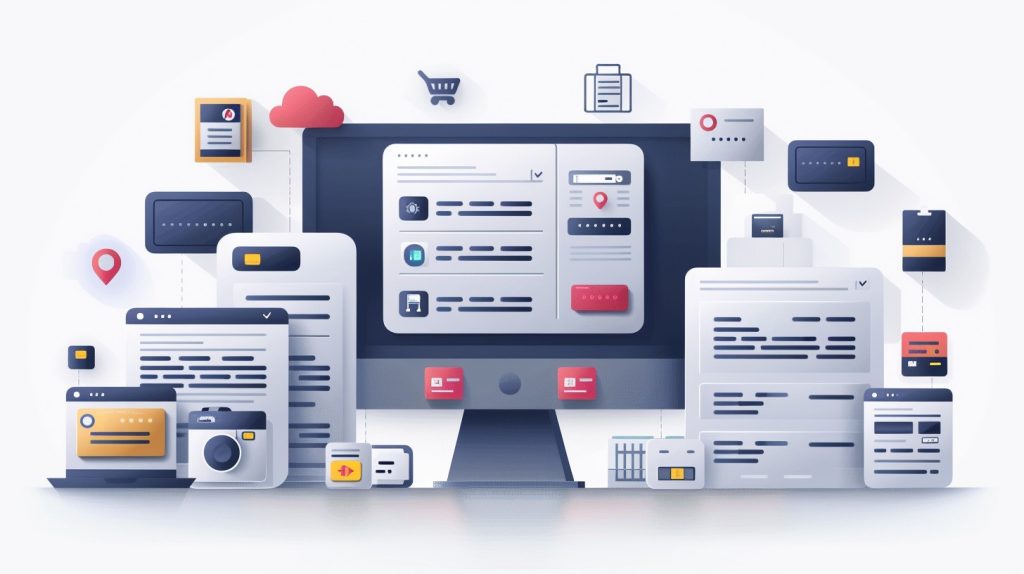
Procure-to-Pay (P2P) is an end-to-end process that covers every step of purchasing, from identifying the need for goods or services to making payments to suppliers. By integrating procurement and finance, P2P streamlines purchasing workflows, reduces delays, and ensures timely payments. Using a P2P platform can further optimize this process by centralizing operations, automating tasks, and providing greater visibility into spending.
An efficient P2P process not only improves operational performance but also helps control costs, enhance compliance with procurement policies, and boost overall efficiency.
Standardizing P2P activities gives organizations better visibility into spending, improves supplier relationships, and helps optimize cash flow management. P2P is also often called the “downstream” part of the larger Source-to-Pay (S2P) process, which covers upstream tasks like finding suppliers, onboarding them, and negotiating contracts through the Source-to-Contract (S2C) process.
What is the procure-to-pay (P2P) cycle?
The procure-to-pay (P2P) cycle simplifies everything from requesting a purchase to making the final payment. It includes key steps like submitting a requisition, creating purchase orders, receiving goods or services, matching and approving invoices, and processing payments. Keeping documentation accurate and integrating data seamlessly with enterprise systems helps ensure the process stays efficient and compliant from start to finish.
Why procure-to-pay (P2P) matters for your business
A smooth P2P process is essential for keeping your organization financially healthy. Managing transactions and payments effectively strengthens vendor relationships, improves cash flow, and ensures things run smoothly. In today’s fast-paced markets, a solid P2P process helps businesses control spending, stay compliant, and maintain transparent, consistent partnerships with suppliers.
This is especially crucial for investment projects, where keeping costs in check and collaborating with suppliers can make or break success.
For finance and procurement leaders, P2P offers better visibility and control over purchasing decisions, enabling more strategic supplier relationships. Done right, it also encourages on-contract purchasing, cutting down on costly and risky off-contract spending.

Without a modern, integrated P2P system, businesses can face challenges like:
- Manual errors and delays: Paper-heavy or manual processes increase errors and slow down tasks like invoice matching and payments.
- Compliance problems: Skipping formal processes can lead to unauthorized spending and unnecessary risks.
- Supplier issues: Lack of transparency and communication gaps can disrupt supply chains, leading to delays and jeopardizing business continuity.
A good P2P system isn’t just about procurement — it’s a foundation for operational success and long-term growth.
The key benefits of a procure-to-pay (P2P) system
Implementing a strong P2P system can deliver big results for your business:
- Better cost control: With all purchasing data in one place, finance teams can monitor spending, find cost-saving opportunities, and take advantage of bulk discounts.
- More accurate data: Automation reduces errors in processes like invoice reconciliation, freeing up time spent on repetitive tasks.
- Stronger supplier relationships: Consistent payments build trust with suppliers, often leading to better pricing and service.
- Smarter decision-making: P2P systems provide valuable data insights, helping businesses craft better sourcing and procurement strategies.
Transparency is at the heart of great procurement. With better visibility into spending habits and supplier performance, businesses can use technologies like AI and analytics to optimize costs and reduce risks. For example, running “what-if” scenarios can identify new cost-saving opportunities, while integrating P2P data into broader procurement processes creates a cycle of continuous improvement.
P2P systems also make audit readiness easier by keeping all purchase-related documents in one place. This centralization ensures transparency and supports ethical standards, which is critical for meeting environmental, social, and governance (ESG) goals. In turn, this safeguards both your organization’s financial health and reputation.




